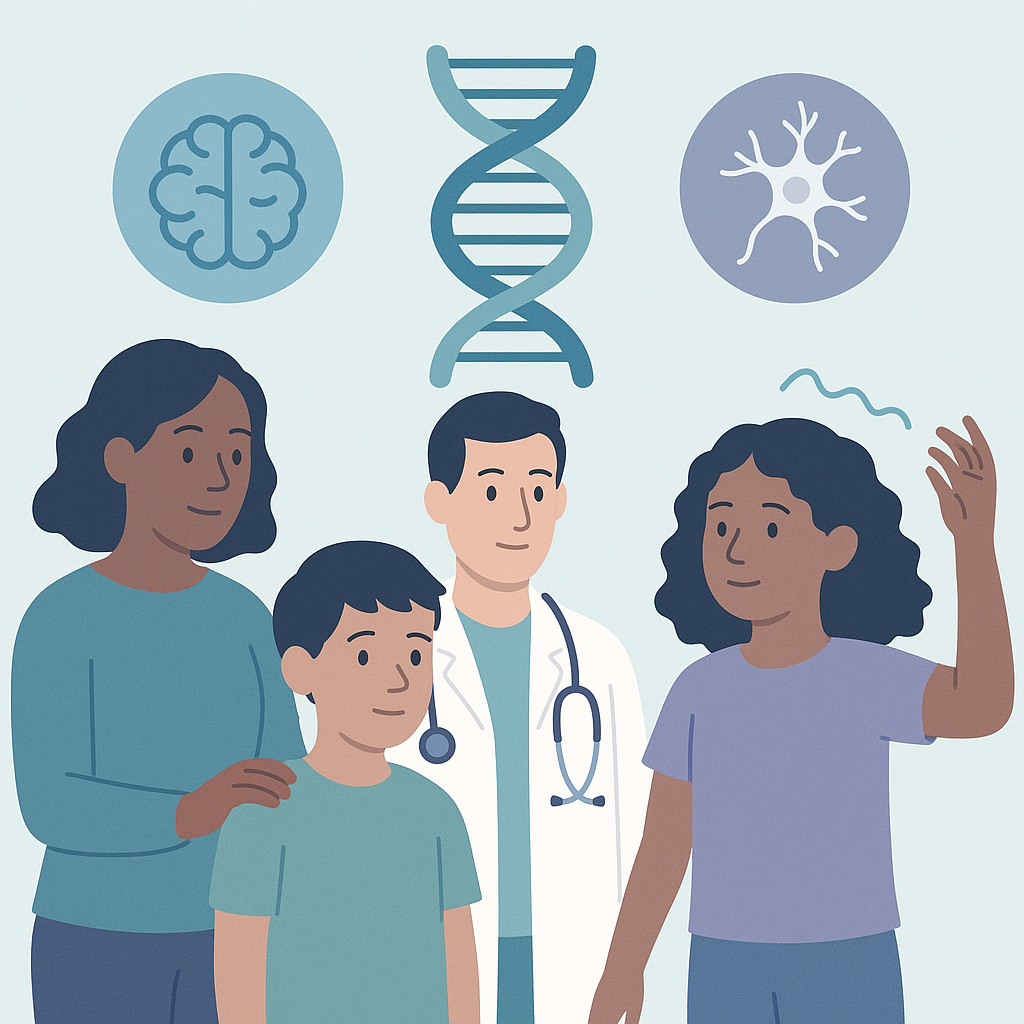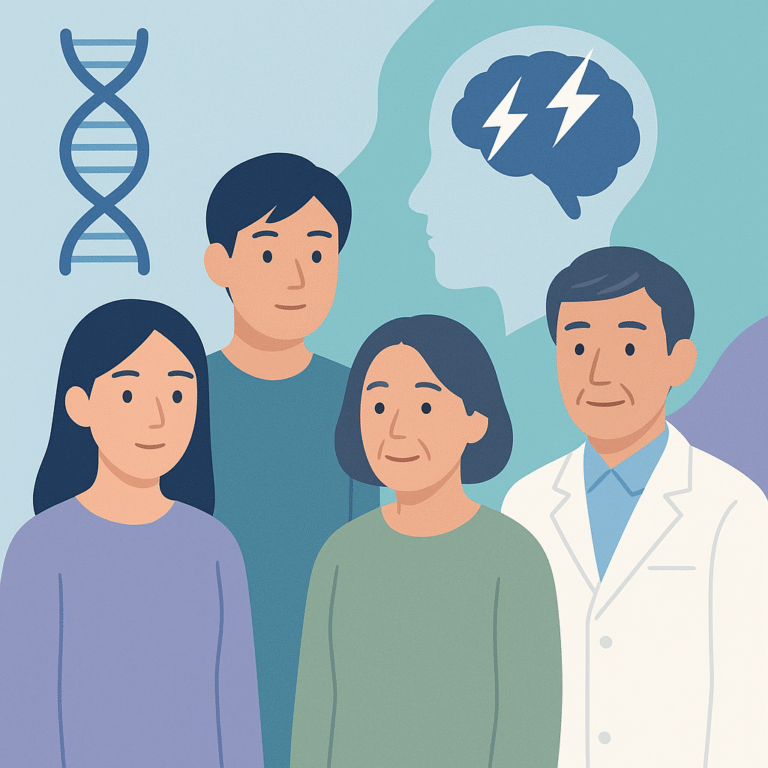Understanding Genetic Factors in Pediatric Epilepsy and Movement Disorders
Source: Epilepsia
Summary
This study looked at children with epilepsy and movement disorders, known as EPIMDs, to better understand their genetic causes and how these conditions present. Researchers analyzed the medical records of 97 pediatric patients who had genetic testing between 2009 and 2022. They collected information about the patients' ages when their epilepsy and movement disorders started, as well as their clinical features and EEG results.
The findings showed that children typically experienced epilepsy around age 3.6 and movement disorders around age 5.2. The researchers identified six different genetic groups related to these conditions, including transportopathies and channelopathies. They also found three main patterns: one group had early-onset epilepsy with mild intellectual disability, another had epilepsy with more severe symptoms and lower IQ, and the third had developmental delays and parkinsonism. These patterns help to clarify how different genetic issues can affect children with EPIMDs.
Understanding these patterns is important because it can help doctors make better diagnoses and treatment plans for children with these complex conditions. However, the study has limitations, such as being based on a small group of patients and relying on past medical records, which may not capture all relevant information. More research is needed to explore these conditions further and improve care for affected children.
Free: Seizure First Aid Quick Guide (PDF)
Plus one plain-language weekly digest of new epilepsy research.
Unsubscribe anytime. No medical advice.





